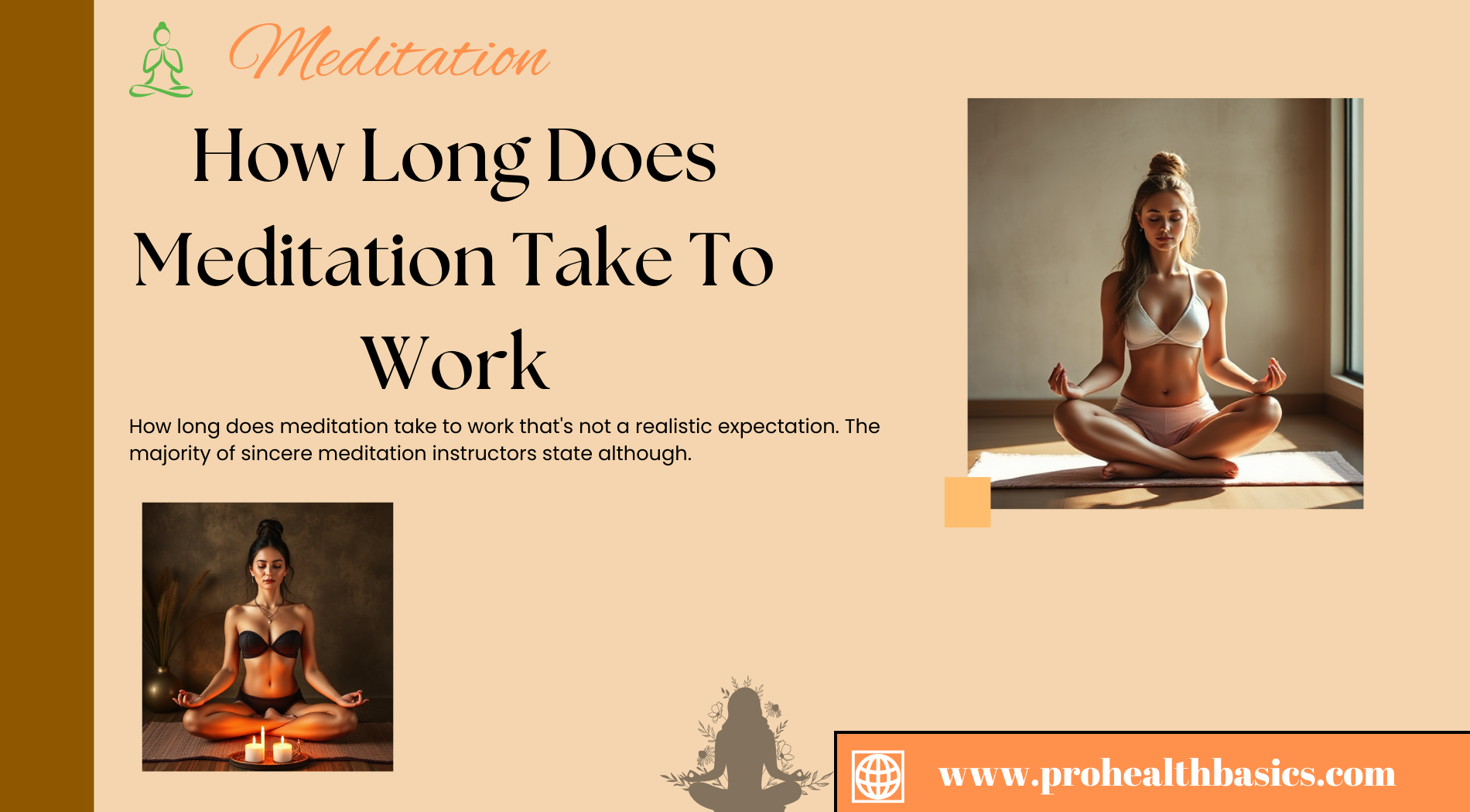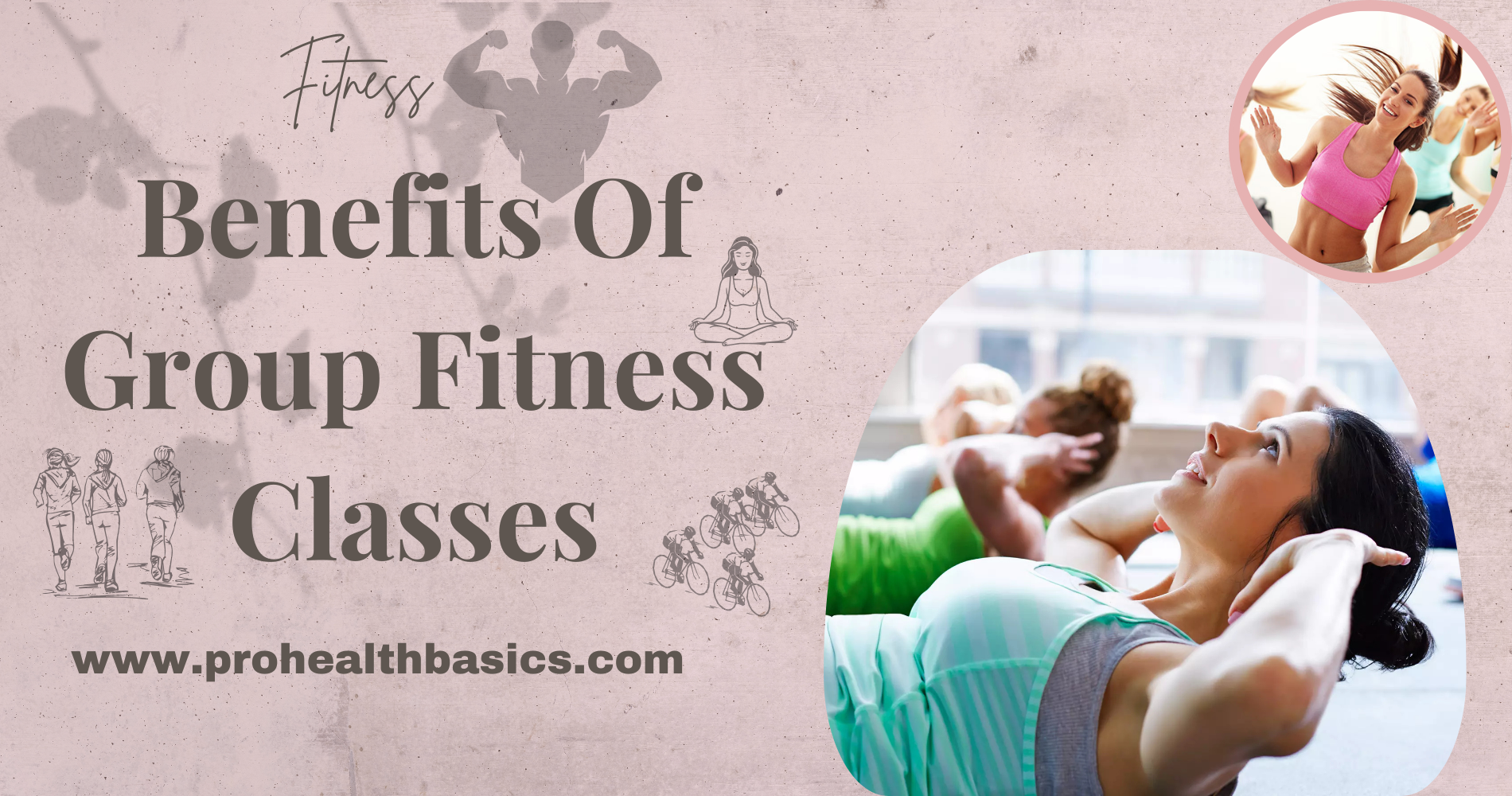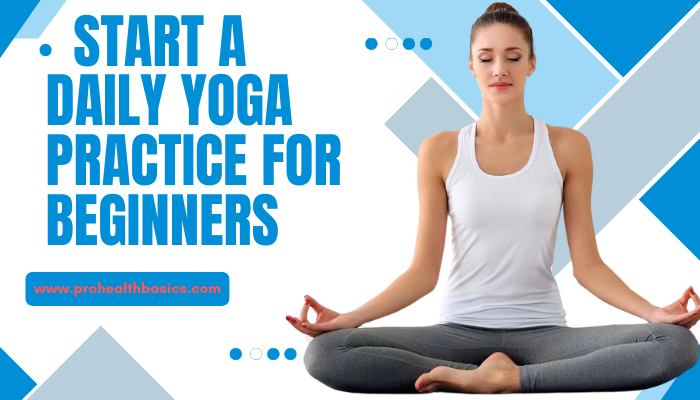Unpredictability is a part of life. Start A Daily Yoga Practice For Beginners There are moments when it seems impossible to plan for the unexpected events that come up. Your daily thoughts and feelings and the environment are uncontrollable. But by focusing on yourself and taking care of your health and mind, you can deal with the unexpected.
You may do that by practicing yoga every day. Establishing a regular yoga practice enables you to manage your emotions, establish yourself in the here and now, and release tension, preparing you to handle any obstacles that may arise throughout the day.
How To Start A Daily Yoga Practice For Beginners
A Yoga Routine to Develop a Daily Routine
Do you want to begin practicing yoga regularly but are unsure where to begin? Try the sequence below. In order to prepare your body for the engaged positions that follow, you will start with more relaxed poses.
You'll begin to experience the advantages of regular yoga practice, regardless of whether you choose to do this entire set of positions every day or only select a few.
1. The Child's Pose

In Child's Pose, start from hands and knees, spread your knees wider than your hips, touch your toes, and extend your hands forward while letting your hips drop into your heels.
2. The Hero Pose

Find a seat on a block (or two) that you have placed between your feet while kneeling. (Come out carefully and proceed to the next posture if you have knee discomfort.) To feel at ease, spend a few minutes in Hero Pose.
Read also: Tips To Dress Comfortably While Practicing Yoga
3. The Cat Pose

Return to your hands and knees. Squeeze the block between your thighs to activate your core and thigh muscles. In this variation of the cat pose, slowly raise your navel toward your spine while circling it. Let your head droop and your neck relax.
4. The Downward Dog

As you go into Down Dog, tuck your toes, push through your hands, and raise your hips up and back while maintaining the block between your thighs.
5. The Bear Pose

Bend your knees, move your chest toward your thighs, and raise your hips and heels toward the ceiling while performing Down Dog. This will make the stretch along your side body, hamstrings, and back more intense.
6. The plank

Reach your heels back in Plank after holding the block between your thighs in Bear Pose. To stack your shoulders over your wrists, reposition your hands or feet as necessary. Shift your shoulders away from your ears and push through your thumbs and index fingers.
7. Pose of the Child

To assist in relaxing your back body, return to Child's Pose while keeping the block between your thighs and knees close to each other. You can support your head with another block if you'd like.
8. Pyramid Pose to Low Lunge

Step your right foot forward into a low lunge after coming down dog or onto your hands and knees from child's pose. Feel the stretch down the front of your left thigh by pausing here and lowering your hips toward the mat. Next, step your rear foot forward a few inches, straighten your back leg, and tuck your back toes.
In Pyramid Pose, straighten your front leg and gently bend your back toes. Place your hands on blocks or keep your fingers on the mat. Draw your front hip toward the wall behind you and push through the outside edge of your back foot. Stretch through your side.
9. Pose of Warrior 1

Bend your front knee away from the pyramid. In Warrior 1, stretch your arms beside your head while holding one block between your palms. Your shoulder blades should drop toward your hips.
To wrap your biceps next to your head, stay in Warrior 1 and bend your elbows. Your palms should be extended toward your shoulder blades. Use your rear foot as an anchor by pressing into it.
10. Mountain Pose with Arms Extended

In Urdhva Hastasana, move your rear foot forward alongside your front foot while continuing to stretch your arms upwards with the block between your hands. Put pressure on the mounds of your big toes.
Read also: 10 Terrific Benefits of a Morning Meditation Practice
11. Variations of the Mountain Pose

Bring the block in front of you while bending your elbows. Draw your shoulders down and press your hands against the block. This works the muscles in your upper back and around your rib cage.
12. The chair's position

Stretch your arms and the block forward while bending your knees, reaching your hips back, and pressing your heels into the mat. You want to create as much resistance between your hands and hips as you can in this form of chair pose.
13. Extended Side Angle Position

Step your right foot back into a warrior stance with your toes slightly outside after placing the block outside your left foot. Put pressure on your rear foot's outside edge.
Slide your lower shoulder blade in the direction of your ears while pressing your left hand against the block. Press your leg into your arm and your left arm against your left leg.
Raise your right arm parallel to your head or directly toward the ceiling. In the Extended Side Angle Pose, raise your head so that it is higher than your hips.
Read also: My Secrets for an Energizing 15 Minute Morning Yoga Routine that Beats Coffee
14. Bending forward while standing

Step your left foot behind your right, crossing at the ankles, and step your right foot ahead with your left. As you progressively drop your torso toward your thighs and bend your knees slightly, apply equal pressure to both feet.
Put your hands on the mat or blocks. Step back to Plank Pose (with or without the block), uncross your feet, and return directly to Down Dog.
Alternatively, lower yourself into Chaturanga and perform Upward-Facing Dog first. On the opposite side, continue the sequence, starting with Low Lunge from Downward-Facing Dog.
15. An open shoulder stretch

Lower your knees to the mat and fully land in Downward-Facing Dog, keeping your feet hip-distance apart. To highlight the stretch across your shoulders and chest, bend your elbows in the cactus arm position and place your arms on the floor or put blocks below your elbows.
16. The Child's Pose

You can repeat the entire sequence without the block while maintaining the block sensation, or you can stop here and do a final Child's Pose.
You can discover that something that seemed like a limitation really gave you power and space. Try to align yourself with the same awareness that you used to use the block.
17. Warrior

One possible hip flexor stretch is Warrior Pose 1. Put your fingers on the front pelvic bones while standing with one leg forward and one back. The anterior superior iliac spine, or ASIS, is a little, rounded protuberance that you should be able to feel on each side. The tilt of the pelvis may be accurately determined using the ASIS.
The iliopsoas will attempt to move the lumbar spine and pelvis forward and downward into an anterior tilt on the back leg. Lift the ASIS with your fingertips to oppose this.
Hold this while bending your front knee while maintaining a straight back knee and a planted back heel. See the spine rising out of the pelvis as you feel the iliopsoas extend.
18. Hero Pose, Full or Half Reclining

The rectus femoris is another hip flexor muscle. Tightness can restrict hip flexion and make yoga postures difficult. It starts close to the ASIS, travels down the middle of the thigh, and attaches to the shinbone (tibia) right below the knee.
It is one of the quadriceps muscles on the front of the thigh. The rectus femoris shortens and contracts, flexing the hip in addition to extending or straightening the knee.
19. The Pose of King Arthur

By kneeling, this posture uses the same alignment as Warriors 1, but it puts less strain on your muscles to keep you stable as you stretch. Place your rear foot on the wall as you enter a low lunge with your back to the wall.
Position your hands on your front knee and let your tailbone drop while you straighten your spine. The front of your left leg should feel strongly stretched.
20. The Mountain Pose

Developing awareness of your hip flexors is especially crucial if you have lordosis, an extreme bend in your lower back, or a tendency to stand with a swayback.
Practice raising the ASISes, gently lowering your tailbone, and raising your lumbar spine in Mountain Pose (Tadasana). You may be more conscious of your pelvic alignment in this position if you wear a belt or strap around your waist, like you did in Warrior 1.
Conclusion on Start A Daily Yoga Practice For Beginners
To sum it up, starting a regular yoga practice as a novice is an enriching one that has advantages for the body and the mind. Start with simple postures, paying attention to breathing and alignment, then work your way up to more complex ones. If you only do yoga for a short time each day, make it a habit.
Consistency is key. Keep in mind to be patient, pay attention to your body, and enjoy the process without aiming for perfection. Your yoga practice will grow with commitment and awareness, assisting you in developing inner calm, strength, and flexibility.
FAQ's: Start A Daily Yoga Practice For Beginners
How to begin a daily yoga practice?
- Get a mat and grab some props.
- Make some space.
- Commit to a time – make it achievable.
- Watch out for the 3 Ps.
- Plan and play.
- Follow your body's lead.
- Make it fun!
- Don't forget about meditation and Pranayama.
What type of yoga should a beginner start with?
Seek for a restorative, slow flow, or introductory Hatha class nearby. Try Ashtanga or power yoga if you are more experienced and want a class that involves greater strengthening and physical activity. Every yoga studio need to let you see the first session and provide explanations of their courses.
How do I start a yoga startup?
- Establish Your Business Plan, Vision, and Strategy.
- Get Ready to Market Your Yoga Studio.
- Pick The Right Location.
- Communicate With Your Clients.
- Make Sure Your Finances Are in Place.
- Have a Good Logo and Website.
- Hire Well-Trained Instructors.
- Create Additional Streams of Revenue.
How many minutes of yoga should a beginner do?
If yoga is your only form of exercise, try to do it six days a week for at least 20 to 30 minutes. For the first month, you can begin with three days a week if needed. You can raise it to 40–70 minutes a day as your level of fitness rises.






